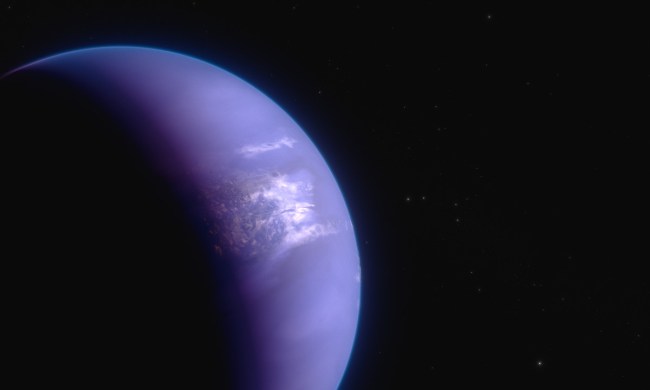In the long process of getting ready to take its first scientific observations this summer, the James Webb Space Telescope now has three out of its four instruments aligned to its mirrors. The fourth instrument, MIRI or the mid-infrared instrument, will take a little longer because it uses a different type of sensor which needs to be kept at an extremely low temperature — and achieving this temperature requires, perhaps surprisingly, both a cooler and a heater. Now, NASA has shared an update on the process of getting MIRI down to temperature and ready for operations.
Webb’s three other instruments are already at their chilly operating temperatures of 34 to 39 kelvins, but MIRI needs to get all the way down to 7 kelvins. To achieve that, the instrument has a special cryocooler system. “Over the last couple of weeks, the cryocooler has been circulating cold helium gas past the MIRI optical bench, which will help cool it to about 15 kelvins,” cryocooler specialists Konstantin Penanen and Bret Naylor at NASA’s Jet Propulsion Laboratory wrote. “Soon, the cryocooler is about to experience the most challenging days of its mission. By operating cryogenic valves, the cryocooler will redirect the circulating helium gas and force it through a flow restriction. As the gas expands when exiting the restriction, it becomes colder, and can then bring the MIRI detectors to their cool operating temperature of below 7 kelvins.”

Before the instrument can reach operating temperature, however, it has to make it through a difficult stage called the pinch point. This is the point at around 15 kelvins when the cryocooler is at its cooling limit, and engineers have to perform a series of complex and rapid adjustments based on the cooler’s temperature and flow rate. This critical point is the most difficult part of the operation, so technicians have been practicing it here on Earth to get ready for the real event. Once this tricky operation is done, MIRI will be ready to start taking readings.
MIRI is particularly valuable as an instrument because it looks in the mid-infrared rather than near-infrared, enabling a different set of scientific observations of targets like exoplanets. “The imager promises to reveal astronomical targets ranging from nearby nebulae to distant interacting galaxies with a clarity and sensitivity far beyond what we’ve seen before,” explained two MIRI scientists, Alistair Glasse and Macarena Garcia Marin. “Our grasp on these glittering scientific treasures relies on MIRI being cooled to a temperature below the rest of the observatory, using its own dedicated refrigerator. Exoplanets at temperatures similar to Earth will shine most brightly in mid-infrared light.”



